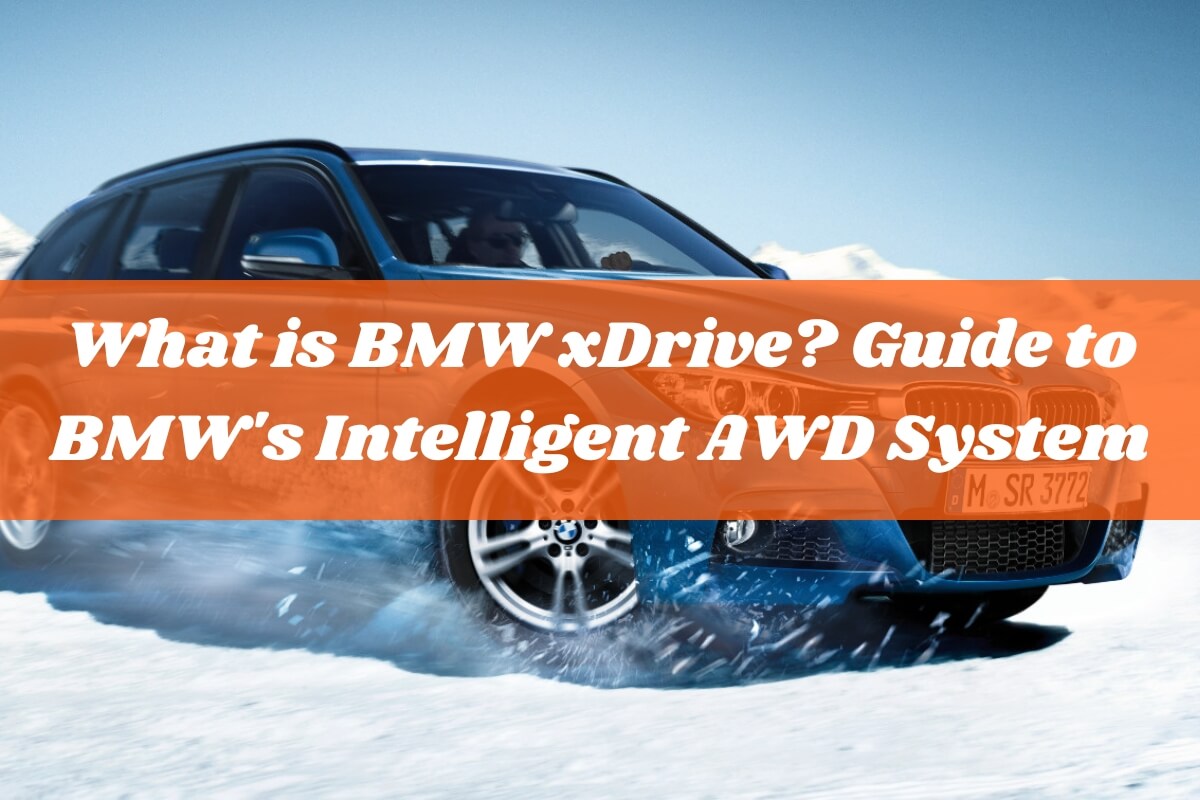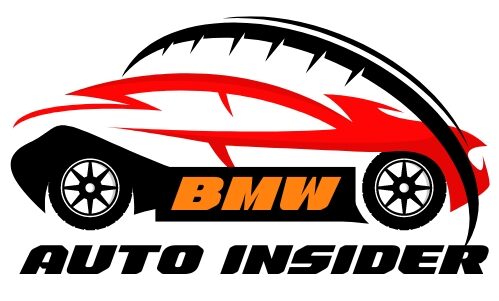
Are you wondering what BMW xDrive is and how it works? This comprehensive guide will explain everything you need to know about BMW’s intelligent all-wheel-drive (AWD) system.
BMW xDrive is an advanced AWD technology designed to enhance traction, stability, and control in various driving conditions. It automatically distributes power between the front and rear wheels to maximize grip, ensuring optimal performance and safety. In this article, we’ll dive deep into the history, functionality, benefits, and models featuring xDrive.
History and Evolution of BMW xDrive
While BMW is renowned for its excellent rear-wheel-drive (RWD) vehicles, the company recognized the need for an AWD system to cater to customers living in areas with challenging weather conditions. The first BMW with AWD capabilities was the 325iX, introduced in 1985.
Initially, BMW’s AWD system utilized viscous couplings and center and rear differentials to vary the torque split between the wheels. However, it was in 2003 when the brand officially launched the xDrive system as we know it today, debuting on the X3 and the facelifted X5 models.
Over the years, xDrive’s availability expanded across the BMW lineup, becoming a popular option for drivers seeking enhanced traction and control. Today, xDrive is offered on various models, from sedans and coupes to SUVs and high-performance M vehicles.
How Does BMW xDrive Work?
At the heart of xDrive lies an intelligent, electronically actuated clutch-pack differential system that can vary the torque distribution between the front and rear axles. Under normal driving conditions, the default torque split is 40:60 (front:rear), with the rear wheels receiving the majority of the power.
However, the true brilliance of xDrive lies in its ability to adapt to changing road conditions instantaneously. If a loss of traction is detected, xDrive can send up to 100% of the available torque to the axle with the most grip, ensuring optimal control and stability.
The system constantly monitors various factors, such as wheel speed, steering angle, brake force, and accelerator input, to determine the ideal power distribution. This data is processed by the Dynamic Stability Control (DSC) system, which seamlessly adjusts the torque delivery to maintain optimal traction.
For models equipped with Dynamic Performance Control (DPC), an advanced torque vectoring system, xDrive can even distribute torque between the rear wheels. This feature enhances agility and stability during cornering, making the driving experience even more dynamic and engaging.
Benefits of BMW xDrive
Traction and Grip Advantages
One of the primary advantages of xDrive is its ability to provide superior traction and grip, especially in challenging road conditions. With more wheels transferring power to the ground, the vehicle benefits from increased contact patches, resulting in improved stability and control.
This feature is particularly valuable in wet, snowy, or icy conditions, where maintaining traction can be a significant challenge. With xDrive, you can tackle these adverse weather scenarios with confidence, knowing that the system will automatically distribute power to the wheels with the most grip.
Performance and Handling Gains
While xDrive is often associated with enhanced traction and safety, it also delivers tangible performance benefits. By distributing power to the wheels with the most traction, xDrive allows for faster acceleration and improved handling, especially when exiting corners.
The torque vectoring capabilities of the DPC system further enhance handling by actively managing the distribution of power between the rear wheels. This feature helps minimize understeer and oversteer, resulting in a more precise and responsive driving experience.
Safety and Control in Challenging Conditions
Driving in adverse weather conditions or on slippery surfaces can be a daunting task, even for experienced drivers. However, with xDrive, you can navigate these challenges with greater confidence and control.
The system’s ability to automatically transfer power to the wheels with the most traction helps maintain stability and prevent loss of control situations. Additionally, by working in tandem with DSC, xDrive can correct for understeer or oversteer by redistributing power accordingly, further enhancing safety.
Which BMW Models Offer xDrive?
BMW offers xDrive as an option or standard feature across various model lines, catering to a wide range of driving preferences and needs. Some of the current BMW models available with xDrive include:
- X Series SUVs: X1, X2, X3, X4, X5, X6, X7
- Sedans and Coupes: 3 Series, 4 Series, 5 Series, 6 Series, 7 Series
- High-Performance M Models: X5 M, X6 M, M5
It’s worth noting that BMW’s M division, known for its high-performance vehicles, has also embraced xDrive technology. The X5 M and X6 M were the first M models to feature xDrive, followed by the remarkable M5 sedan, which is now exclusively offered with xDrive.
xDrive vs. AWD: What’s the Difference?
While xDrive and traditional AWD systems share the common goal of providing power to all four wheels, BMW’s xDrive system is more advanced and intelligent in its operation.
Traditional AWD systems typically distribute power evenly or with a fixed ratio between the front and rear axles, regardless of driving conditions. In contrast, xDrive dynamically adjusts the power distribution based on real-time data, ensuring that the wheels with the most traction receive the optimal amount of power.
Additionally, xDrive’s ability to send 100% of the available torque to a single axle or even a single wheel sets it apart from many other AWD systems. This level of flexibility and responsiveness contributes to xDrive’s superior traction, stability, and handling characteristics.
Drawbacks and Considerations
While xDrive offers numerous advantages, it’s important to consider a few potential drawbacks and factors when deciding if it’s the right choice for you.
- Added Weight and Cost: The additional hardware required for xDrive, such as the clutch-pack differential and associated components, adds extra weight to the vehicle. This can slightly impact fuel efficiency and overall performance. Additionally, xDrive models typically come with a higher price tag compared to their RWD counterparts.
- Fuel Efficiency Penalty: Due to the added weight and the power required to drive all four wheels, xDrive vehicles generally have a slightly lower fuel economy rating compared to their RWD or front-wheel-drive (FWD) counterparts. However, the difference is typically not significant, and many drivers consider the trade-off worthwhile for the improved traction and control.
- “Fun Factor” Perception: Some driving enthusiasts and purists may argue that xDrive diminishes the traditional BMW driving experience, which has long been associated with precise RWD dynamics. However, this is largely a matter of personal preference, and many drivers appreciate the added sense of security and confidence that xDrive provides, especially in challenging conditions.
Conclusion
BMW xDrive is a sophisticated and intelligent AWD system that offers a compelling combination of traction, stability, performance, and safety. Whether you’re navigating through adverse weather conditions, tackling winding roads, or simply seeking an added sense of control, xDrive can elevate your driving experience.
While there are some trade-offs in terms of added weight, cost, and potentially reduced fuel efficiency, the benefits of xDrive often outweigh these considerations for drivers who prioritize confidence and capability on the road.
Ultimately, the decision to opt for a BMW xDrive model depends on your driving preferences, needs, and the conditions you typically encounter. If you value enhanced traction, improved handling, and increased peace of mind, xDrive is certainly worth considering as you explore the BMW lineup.
